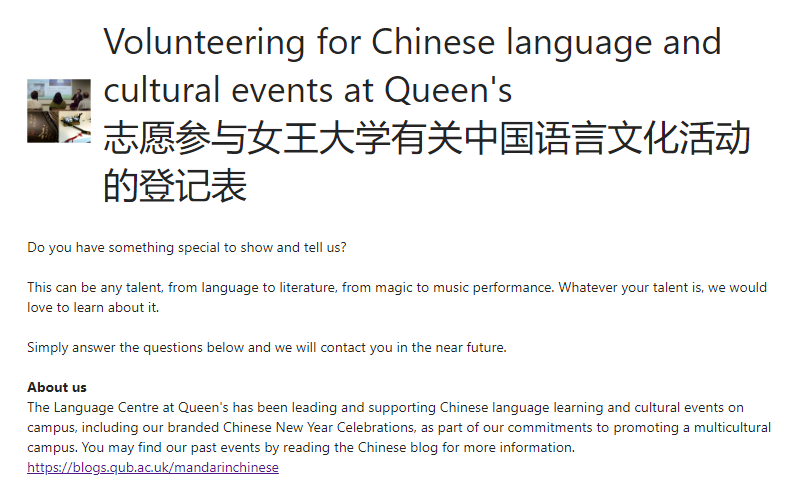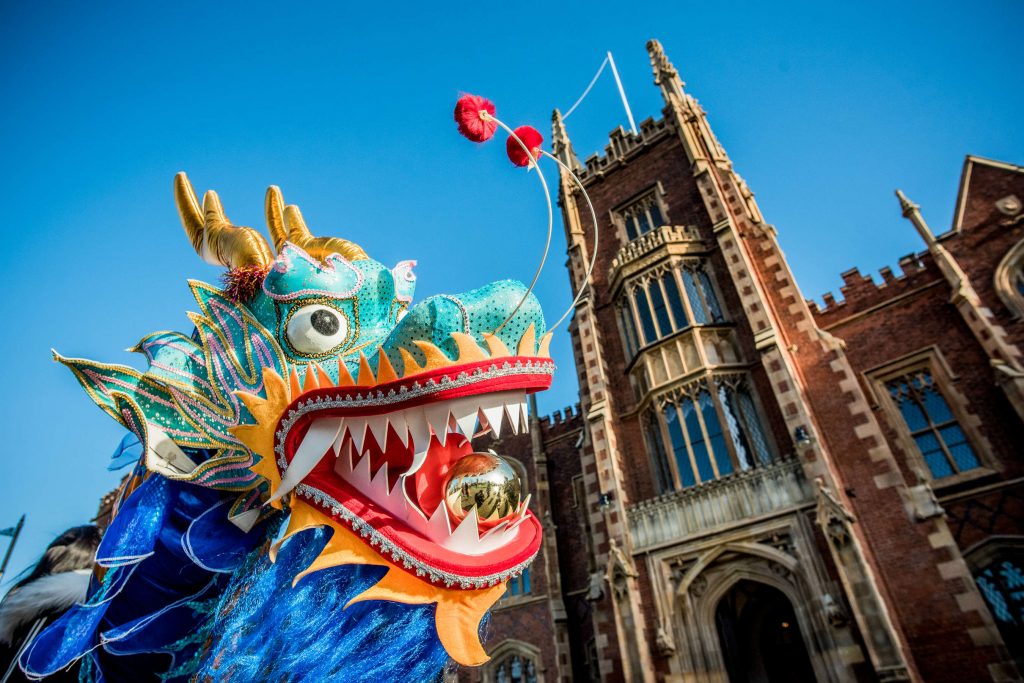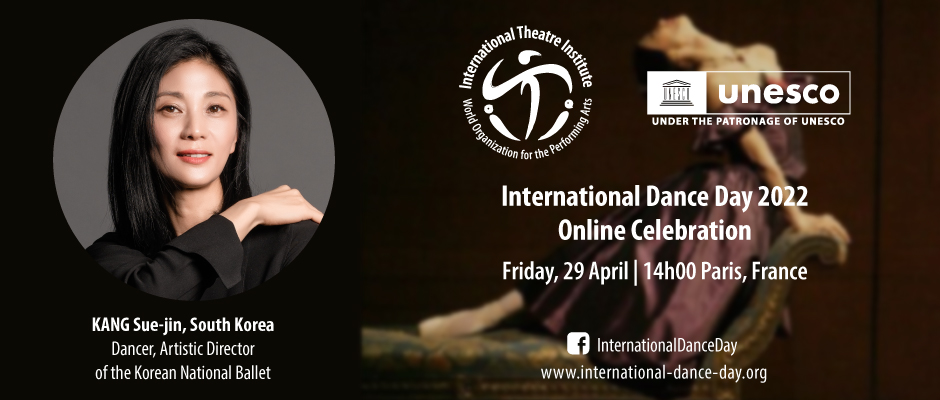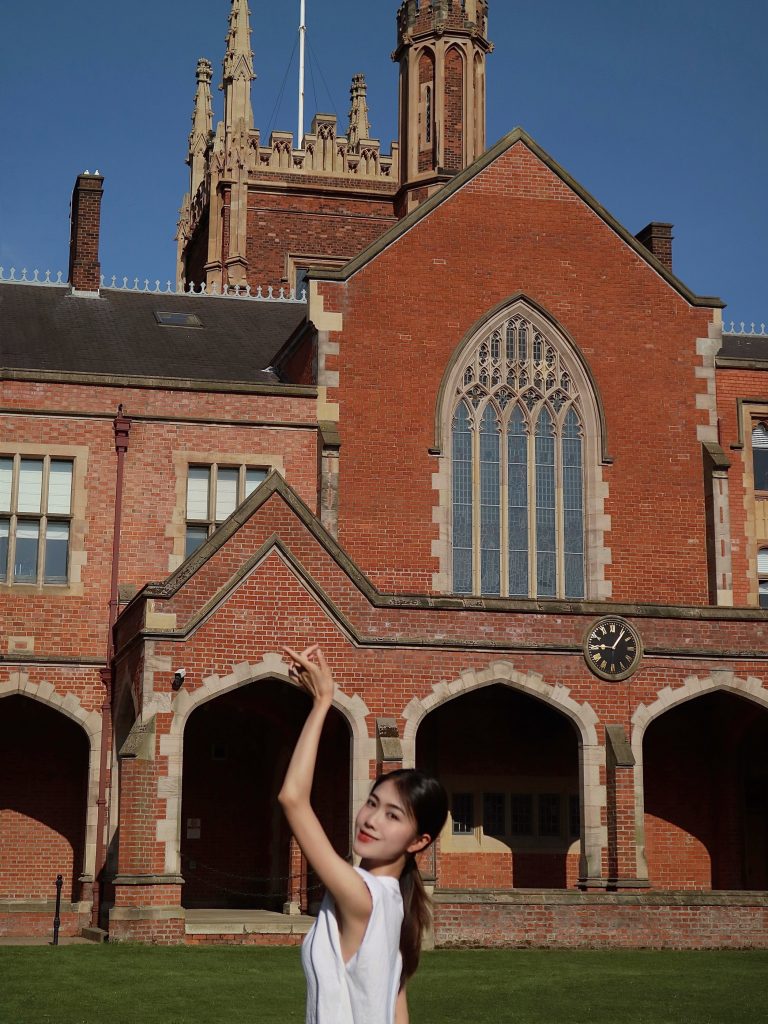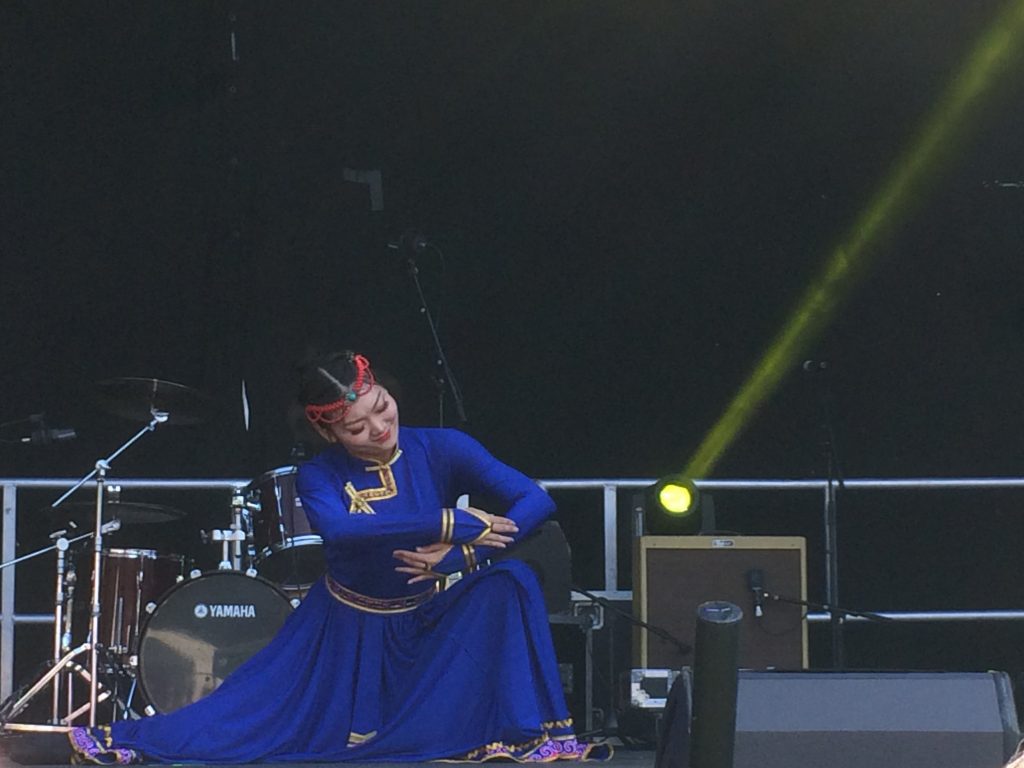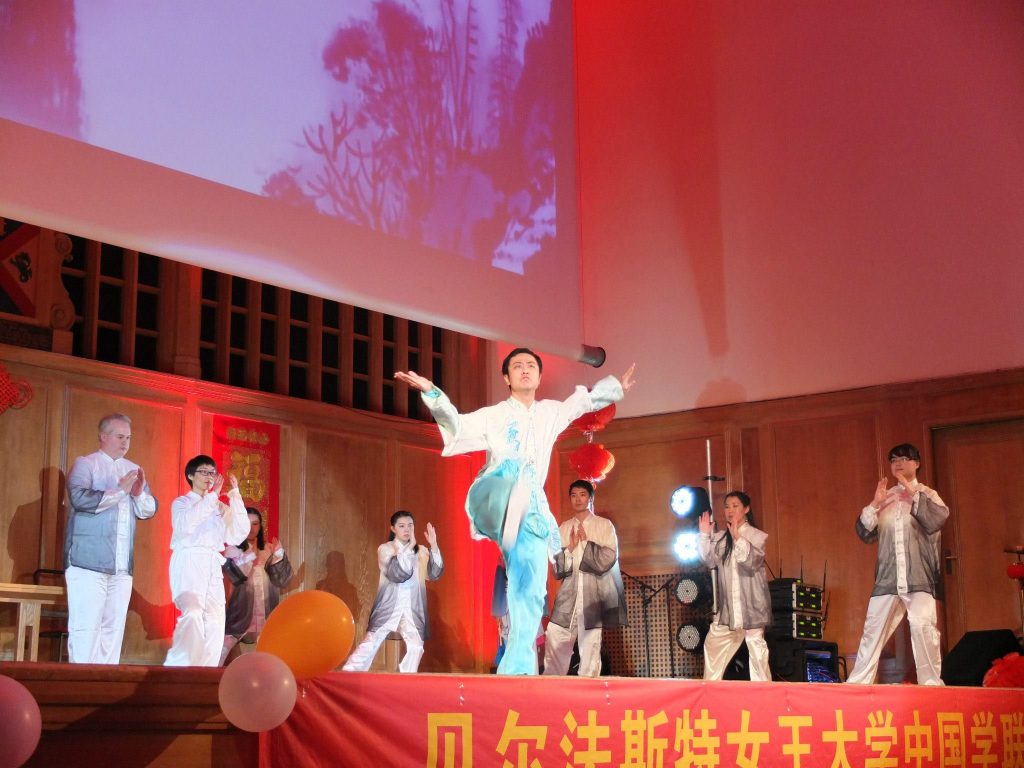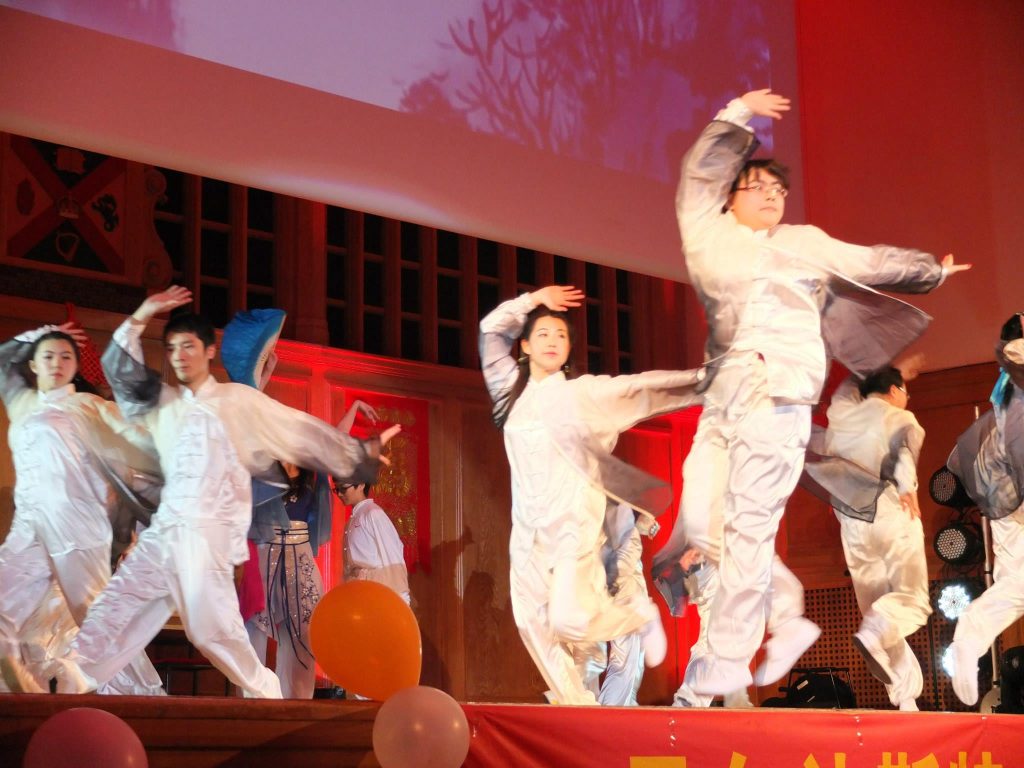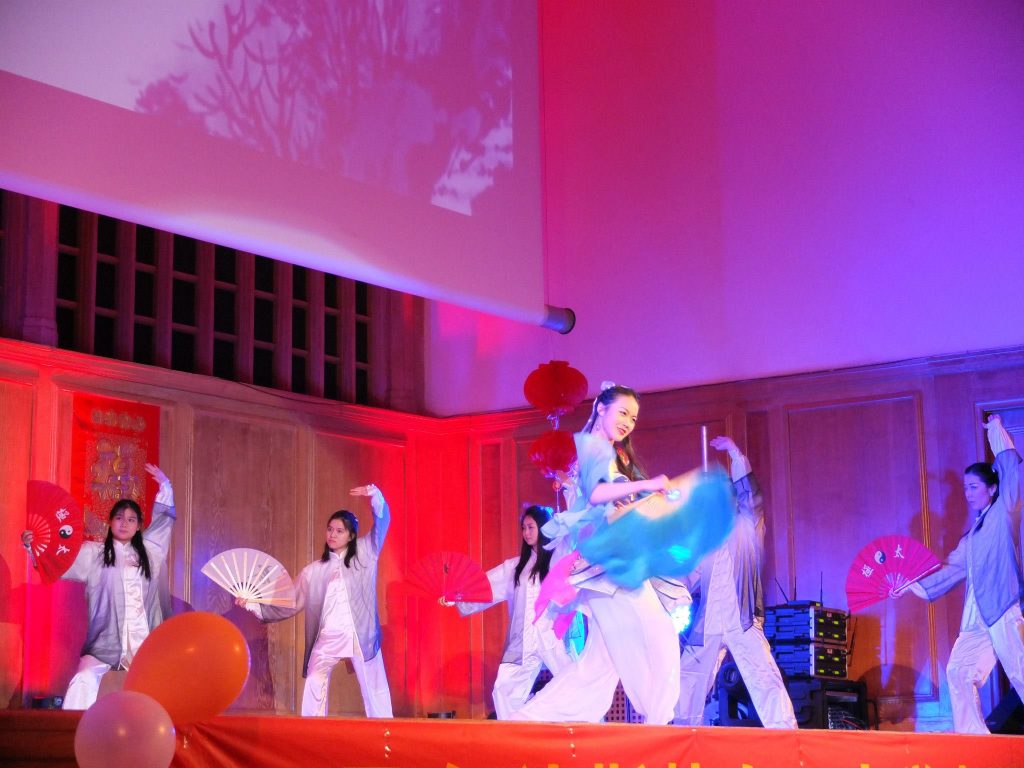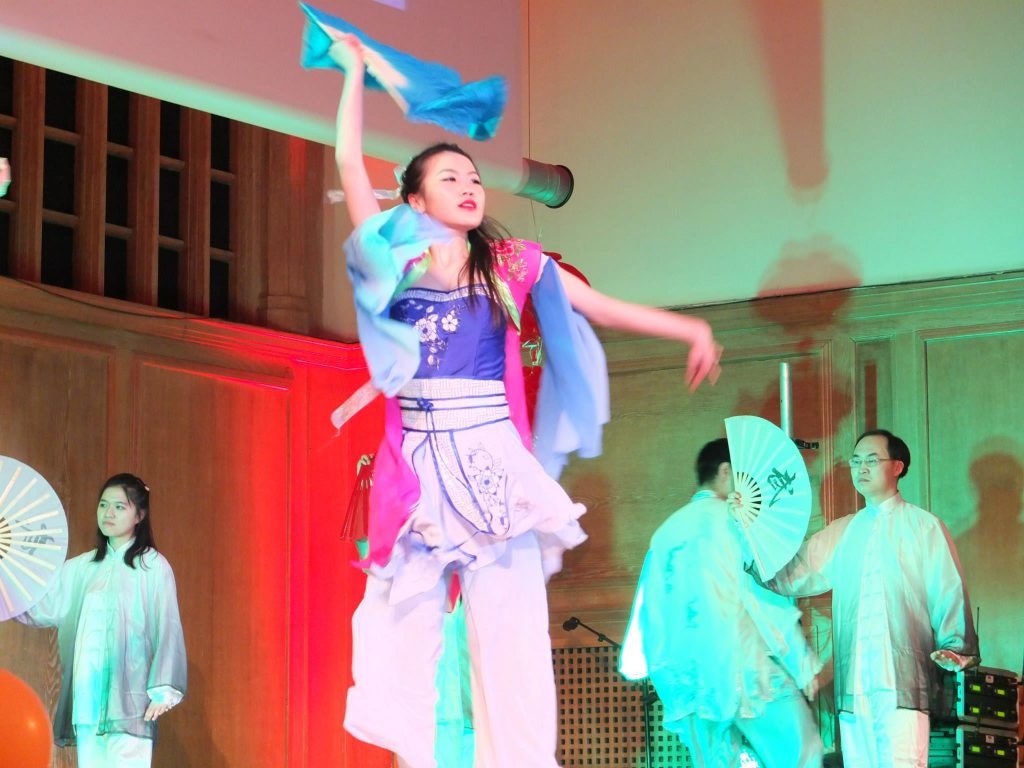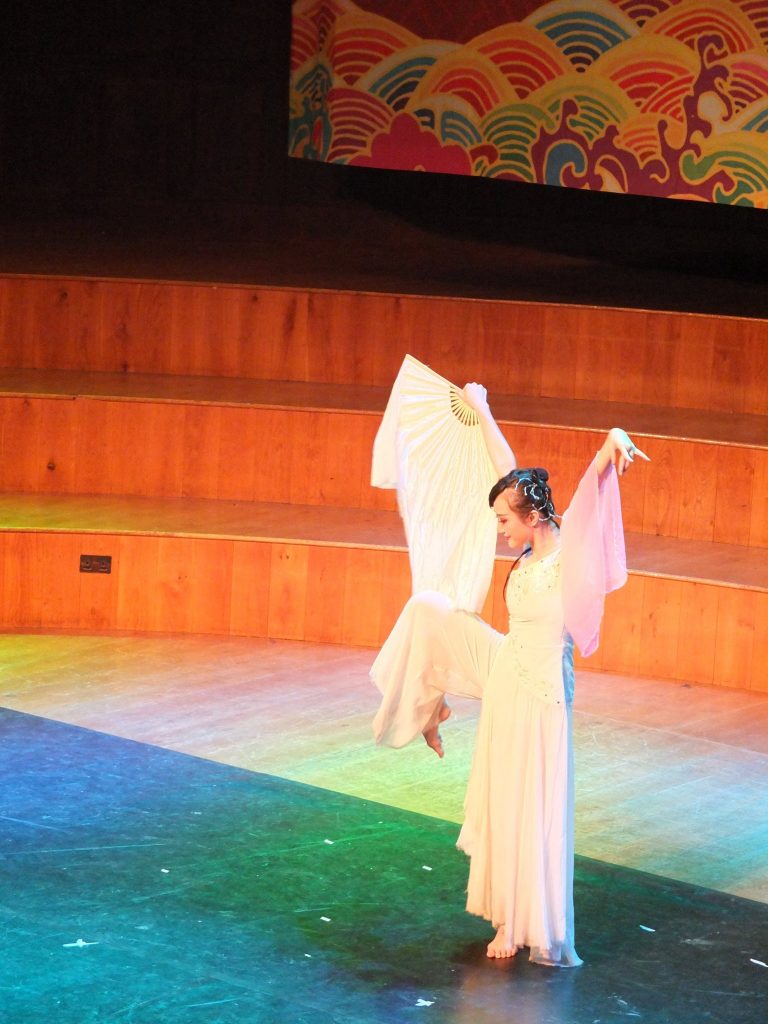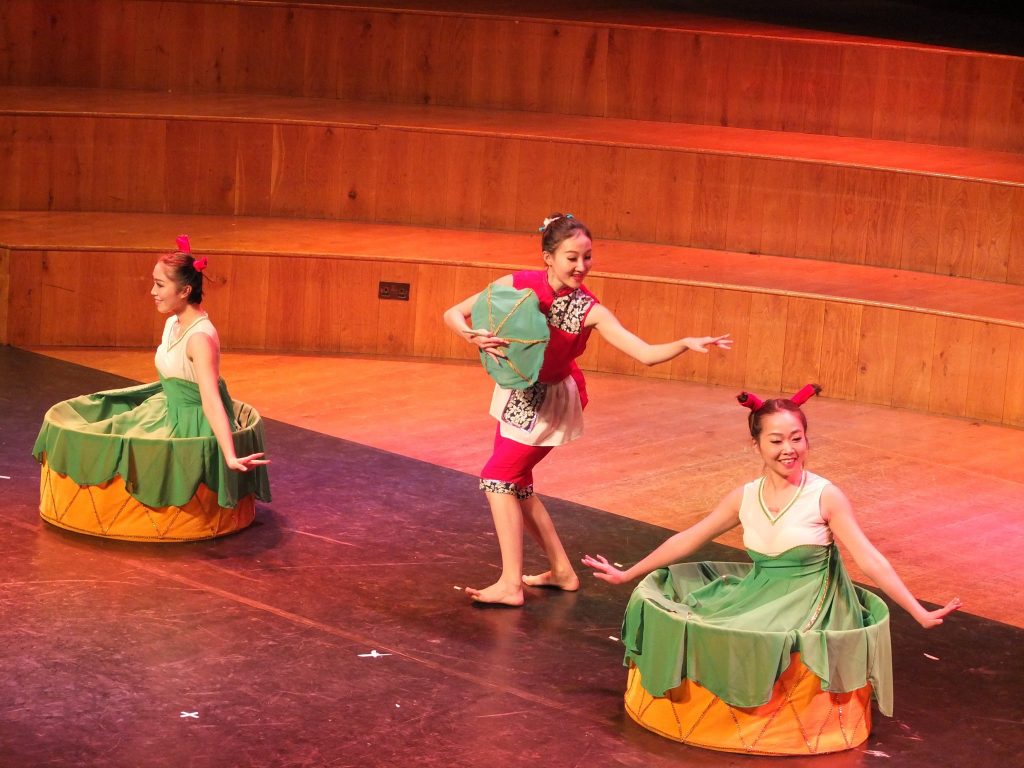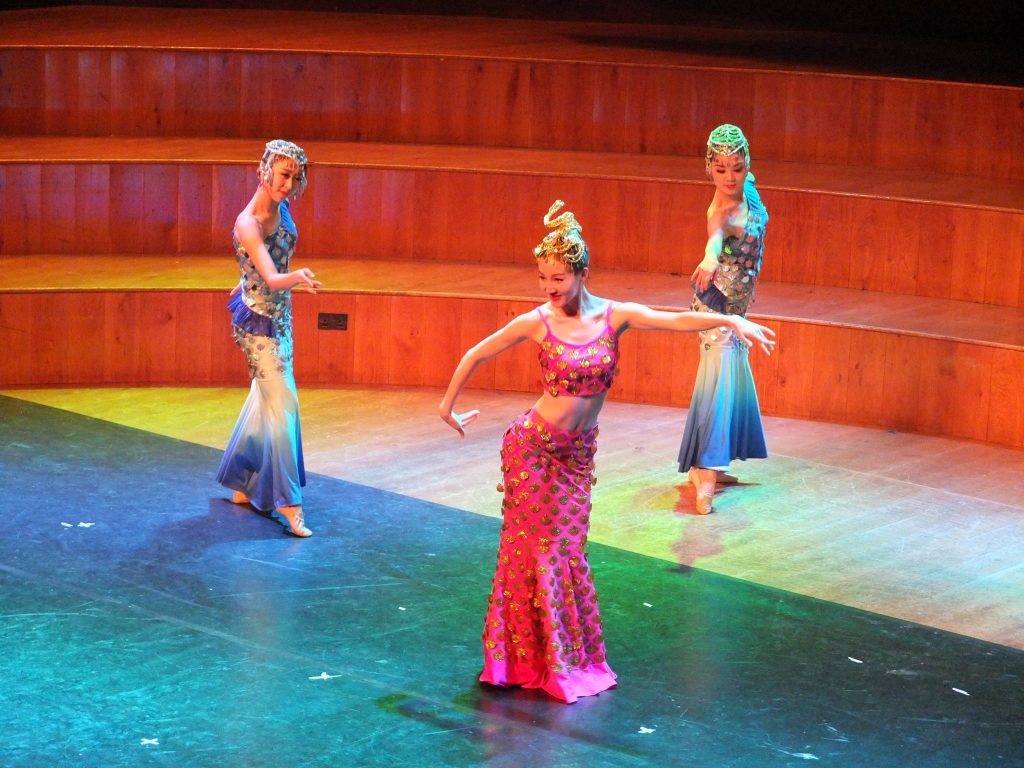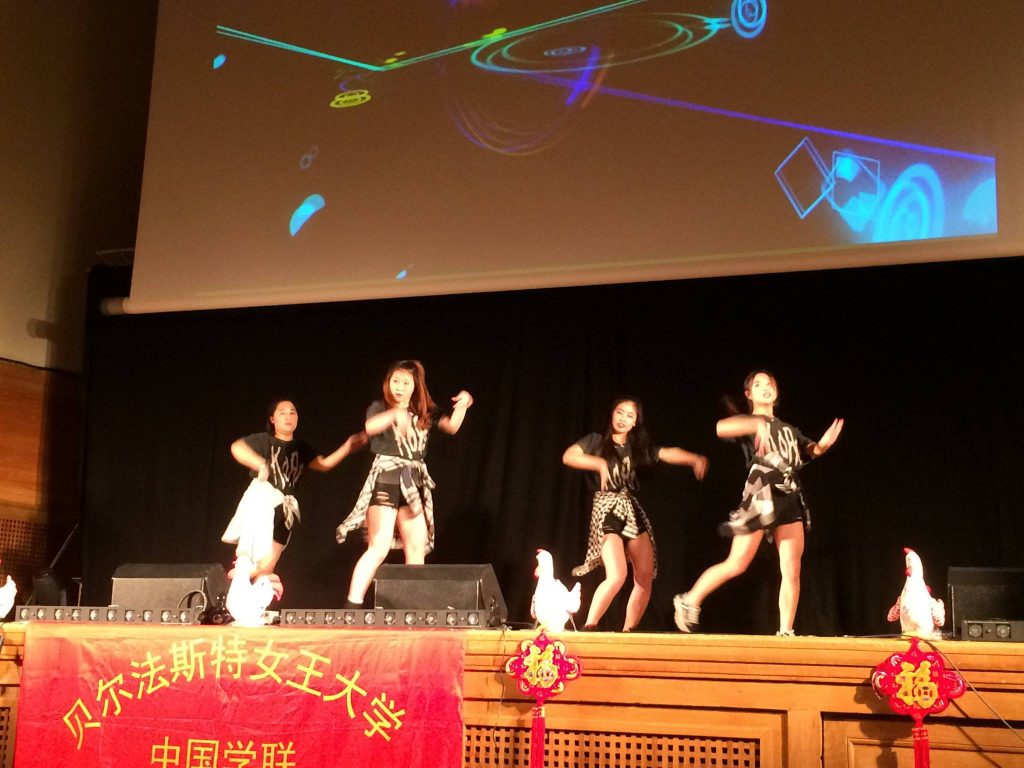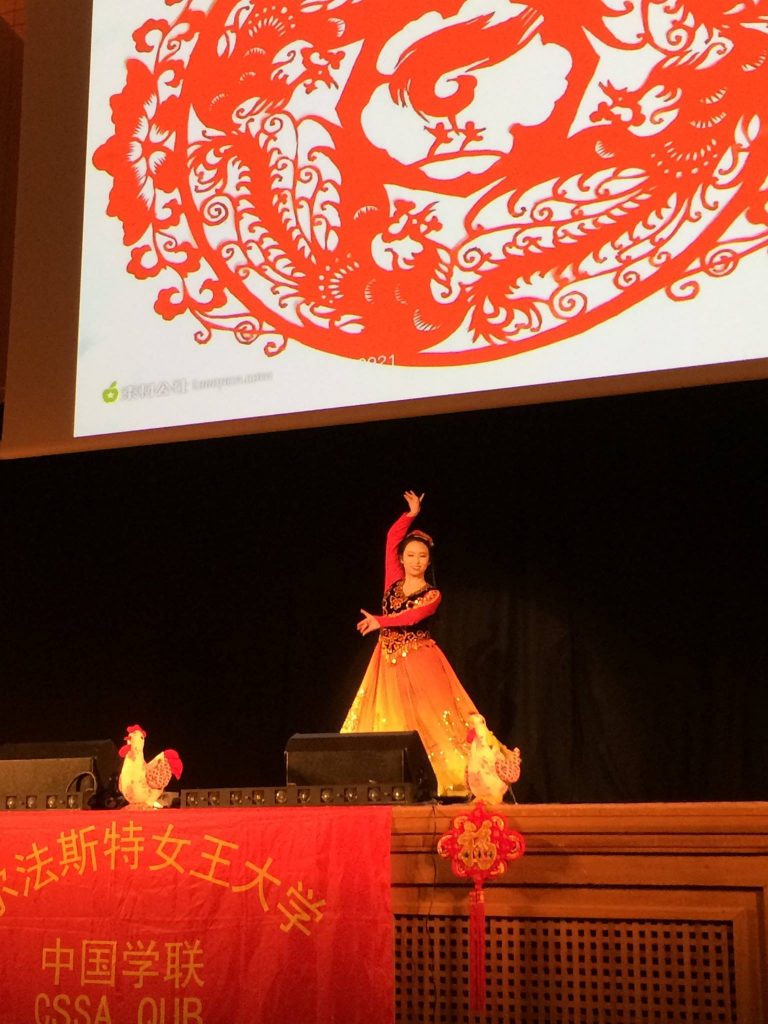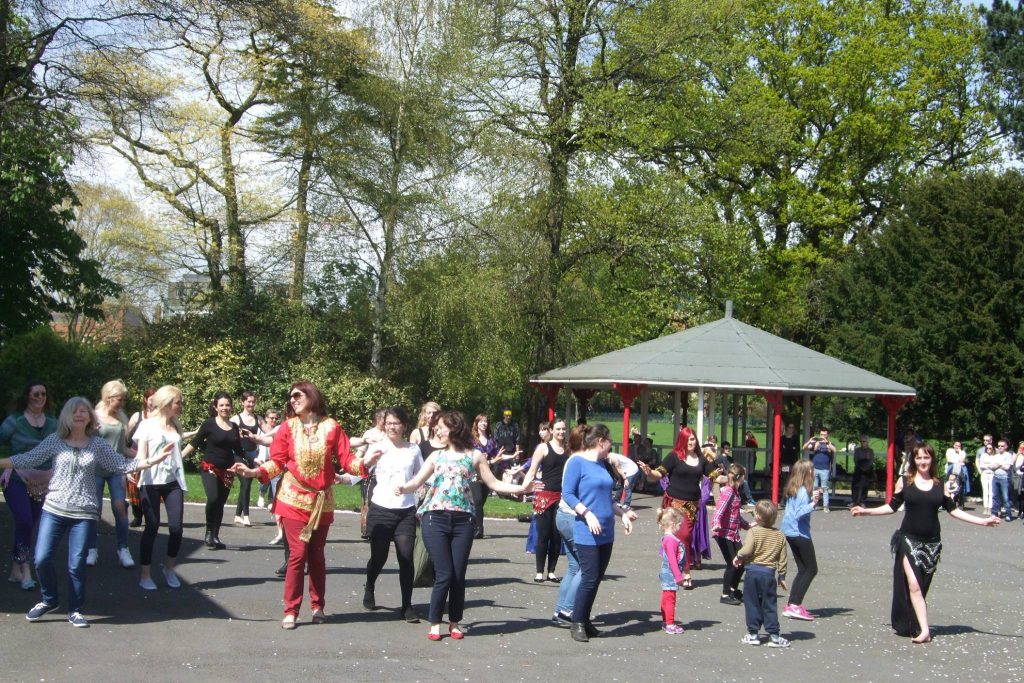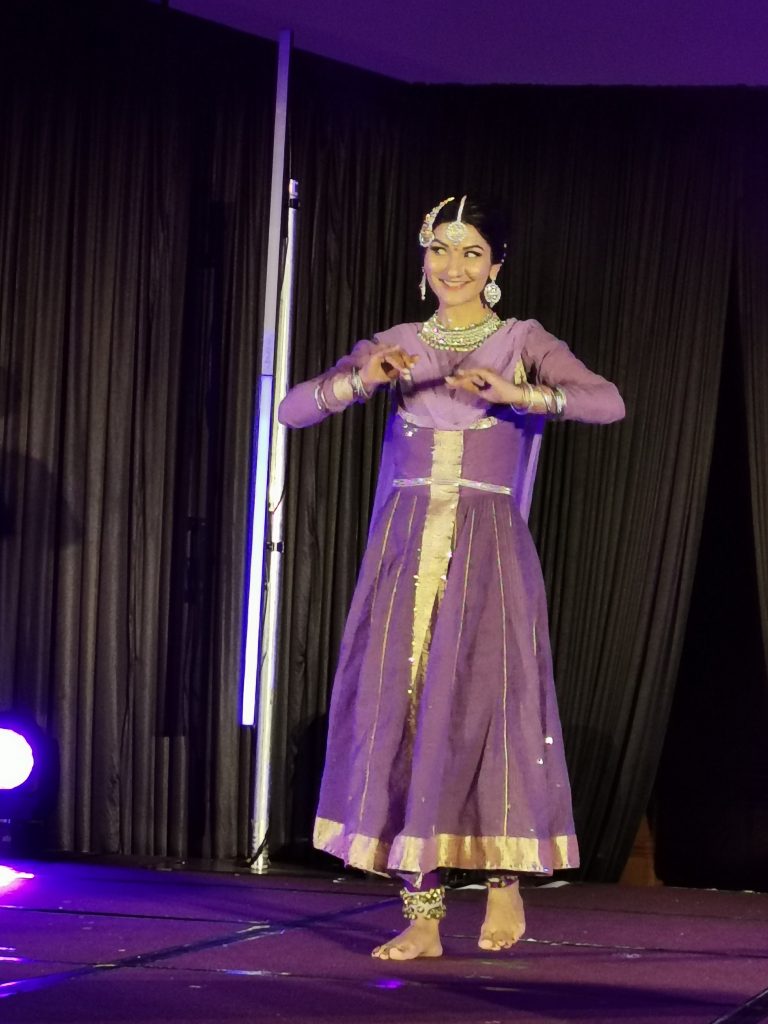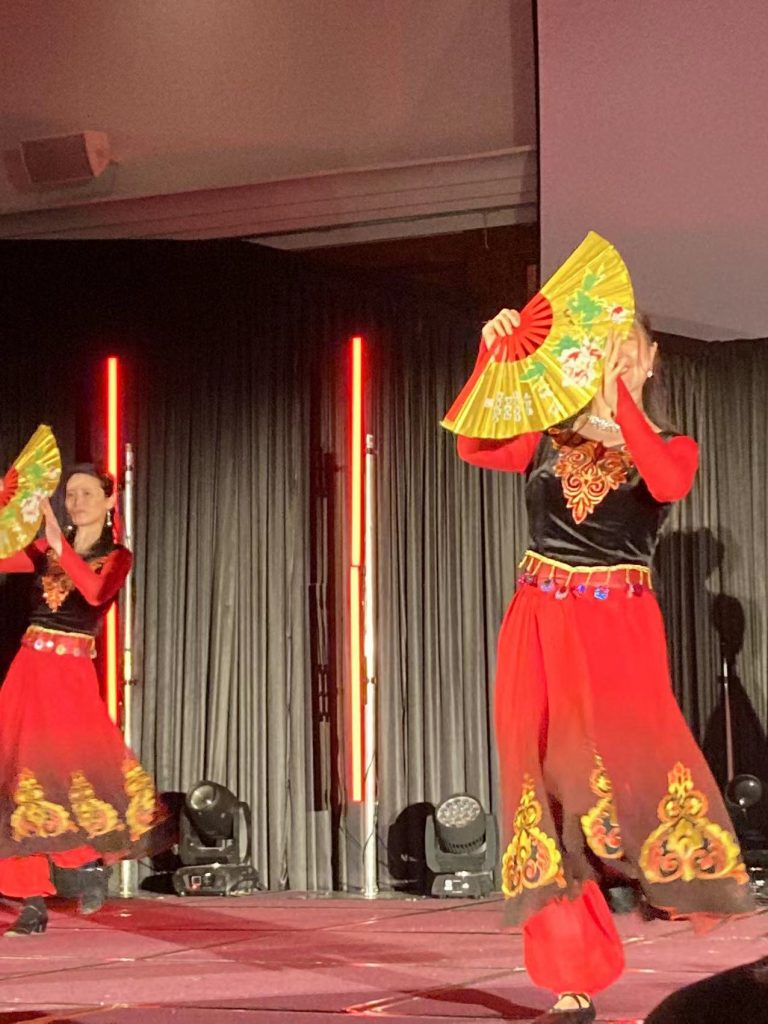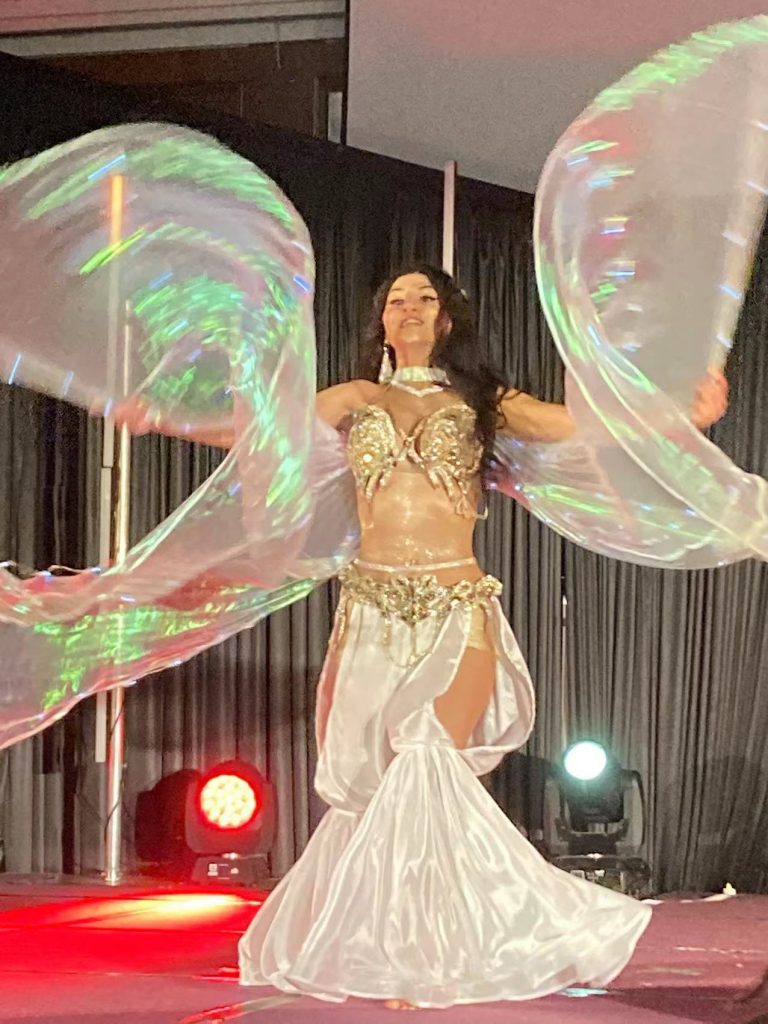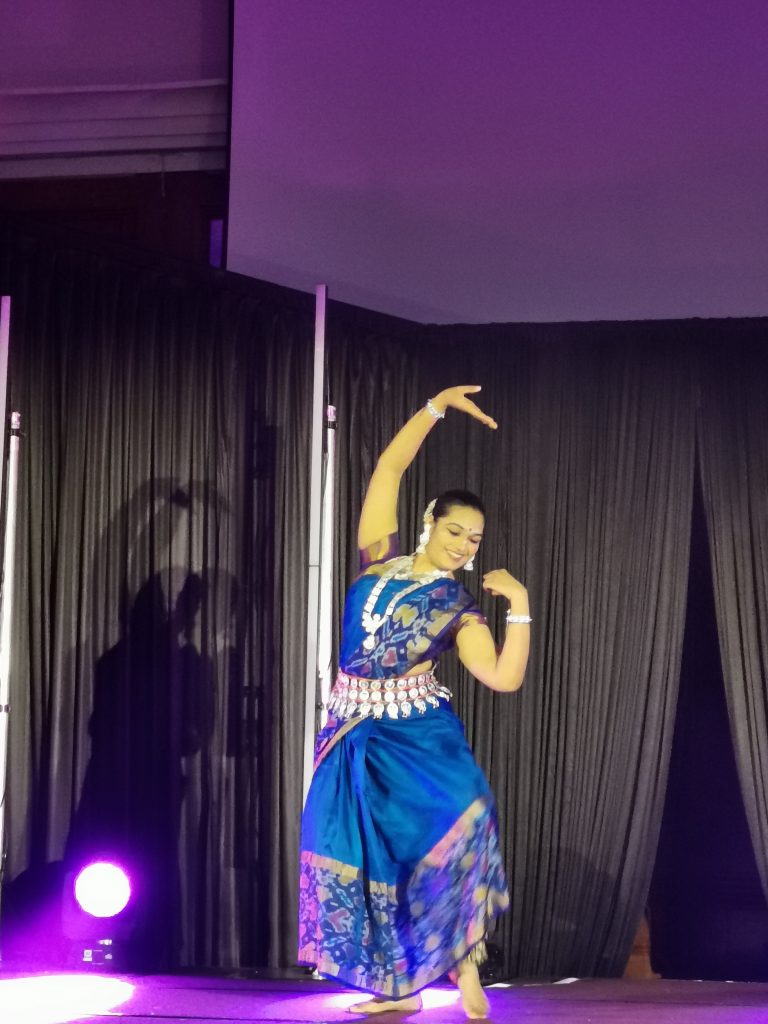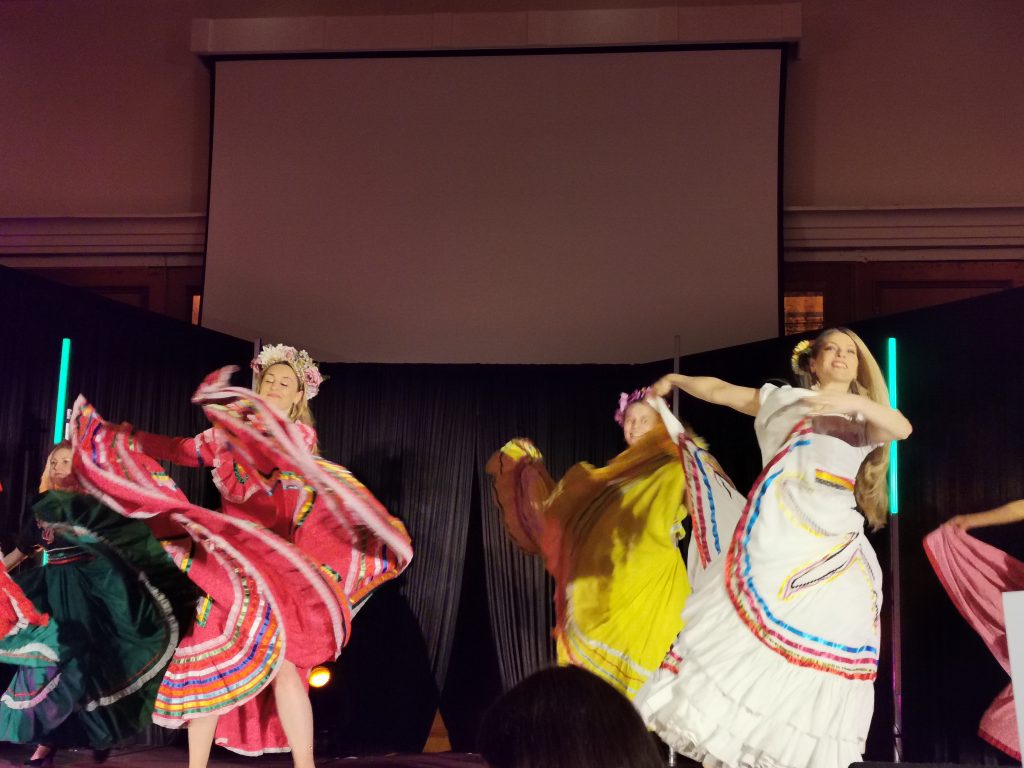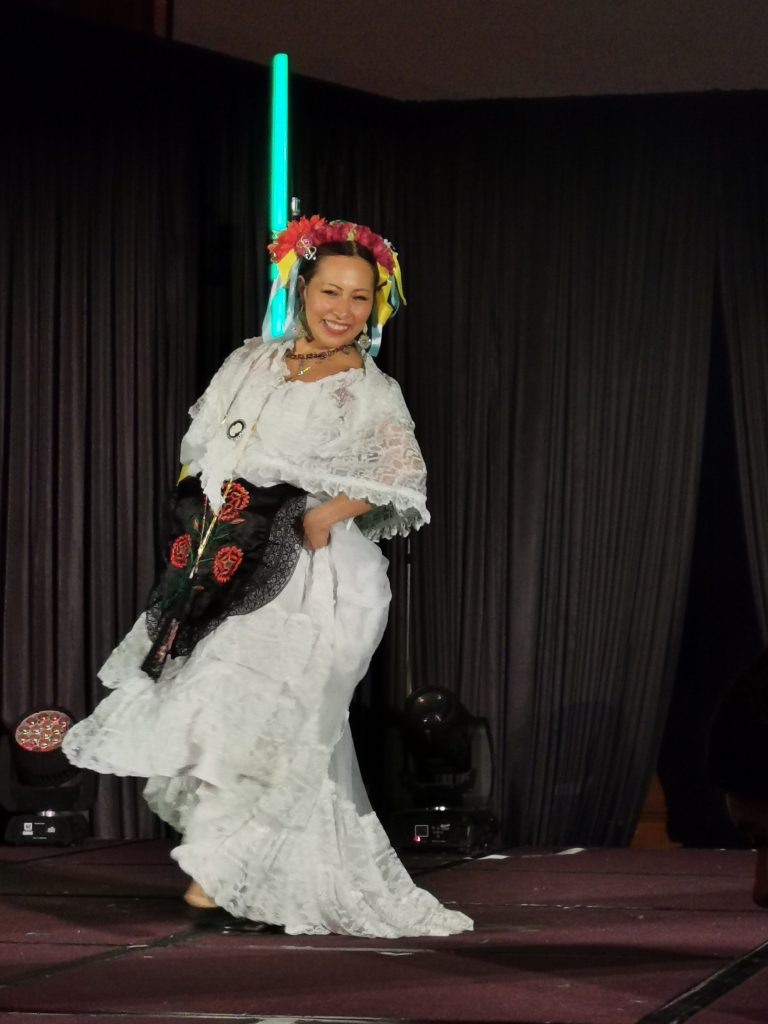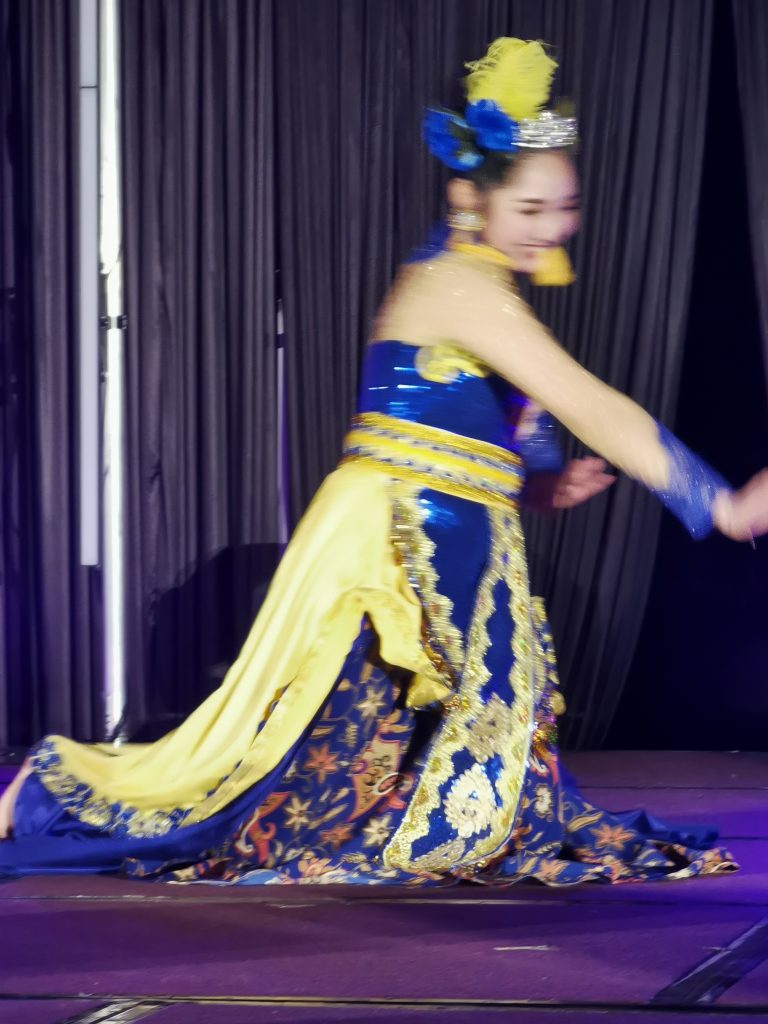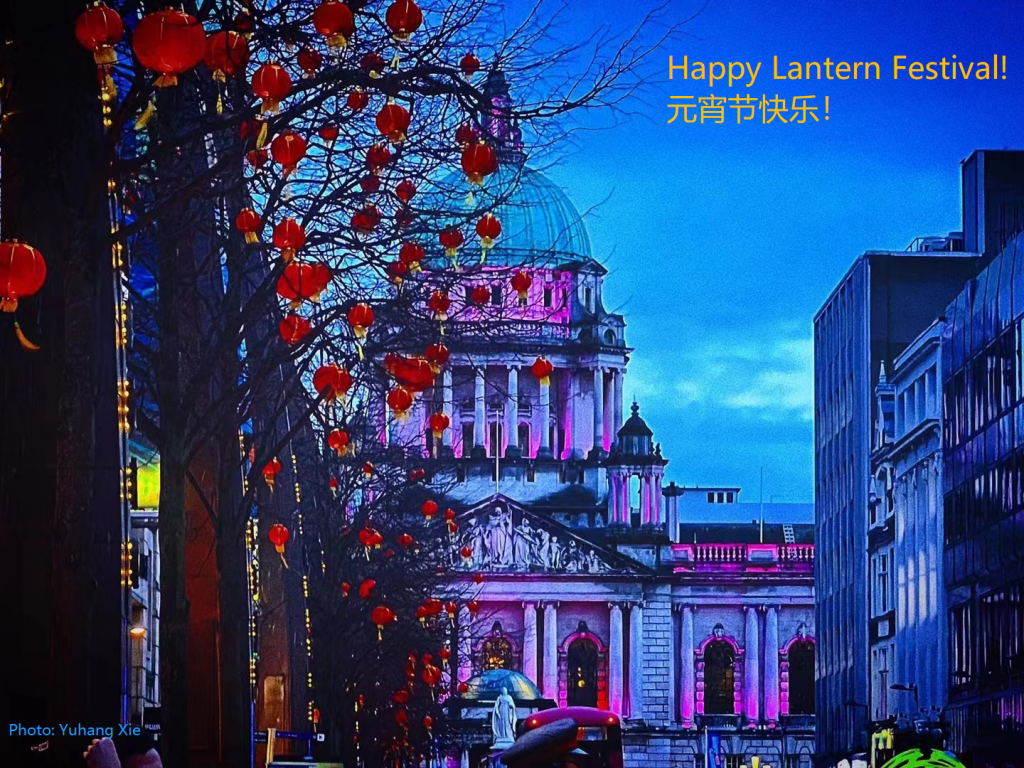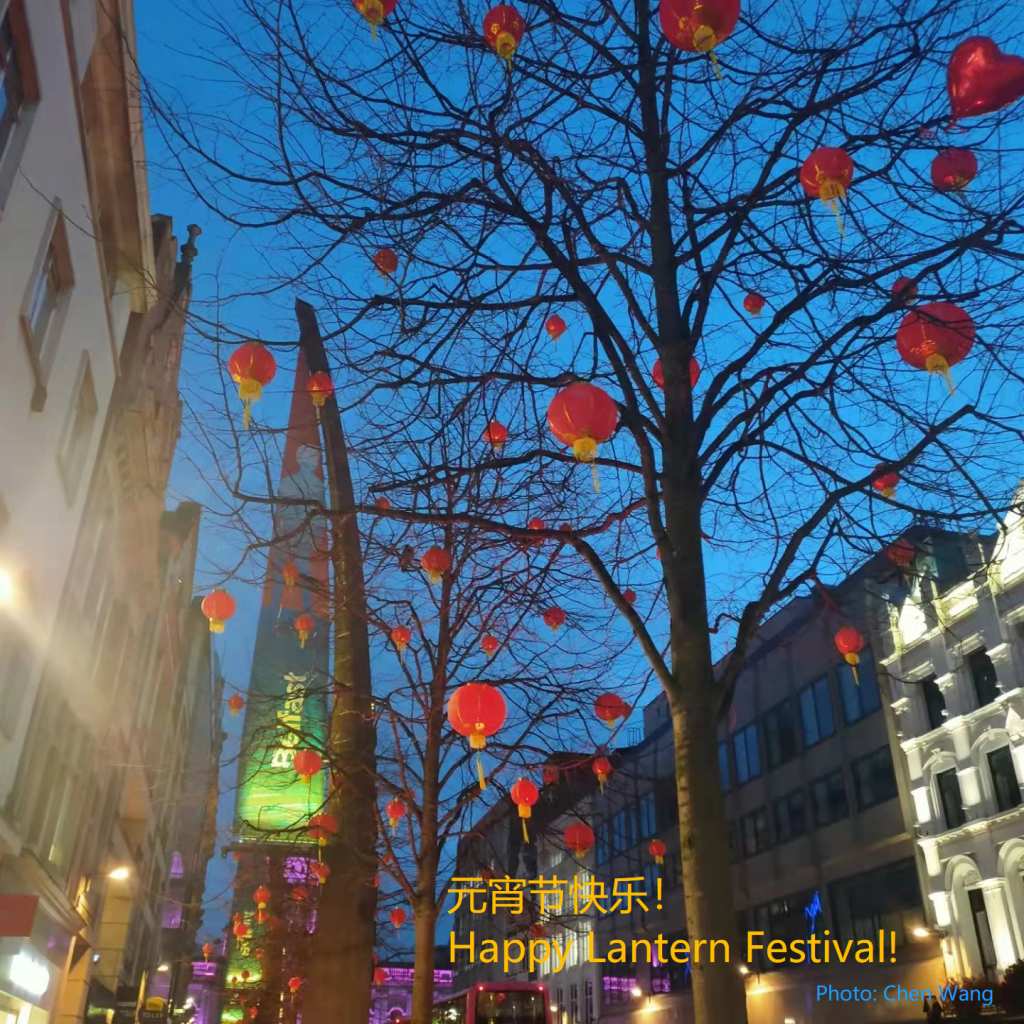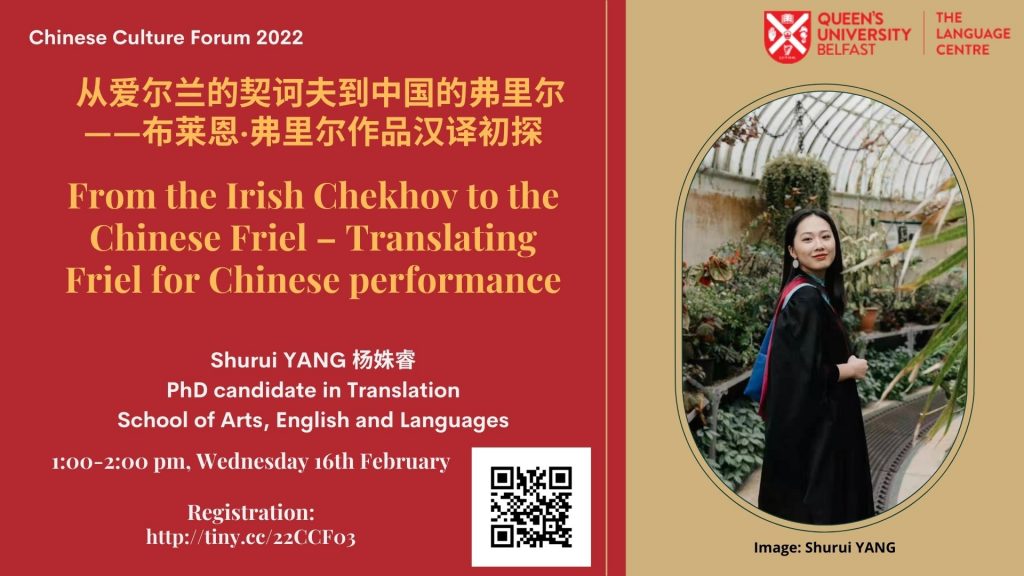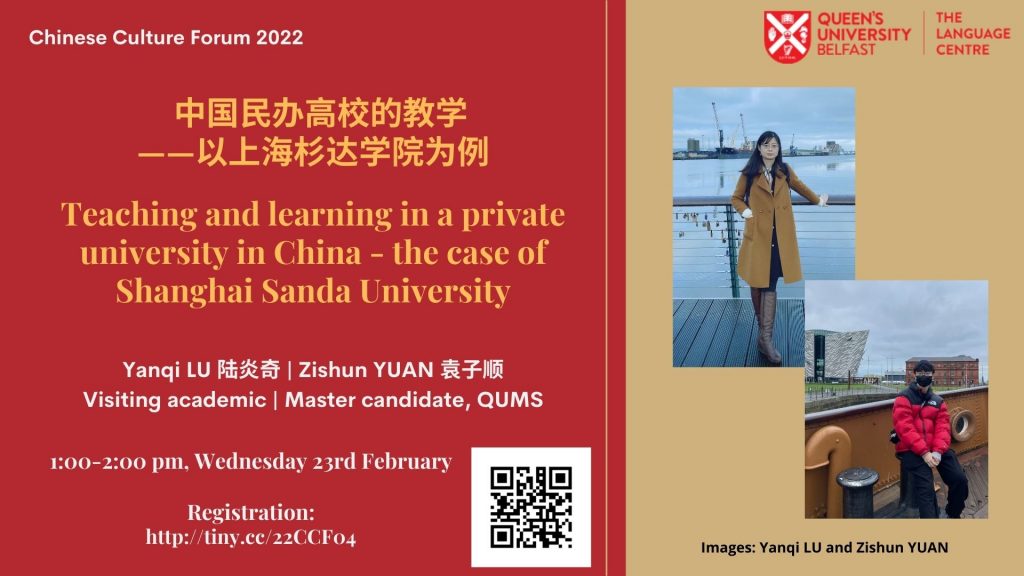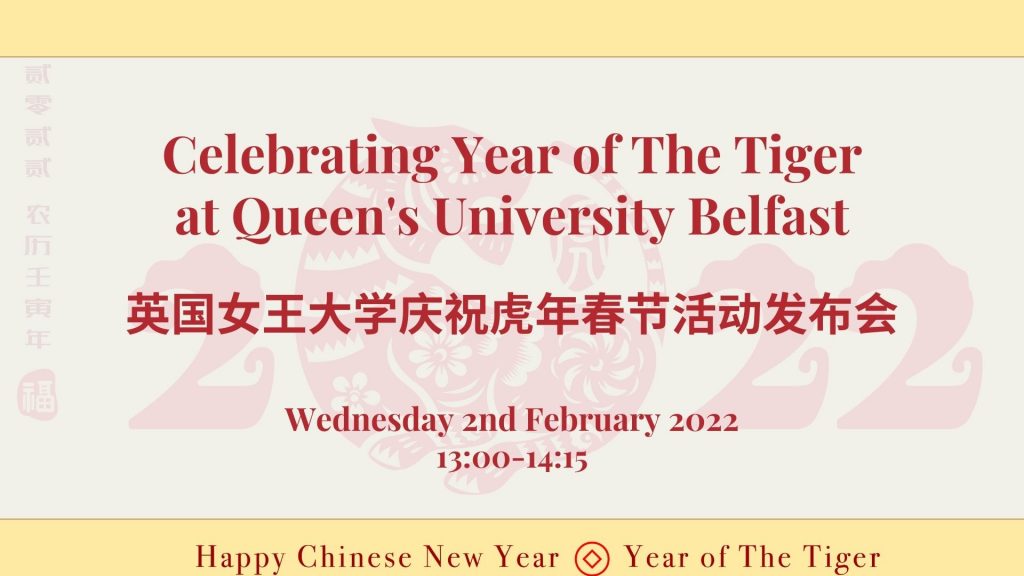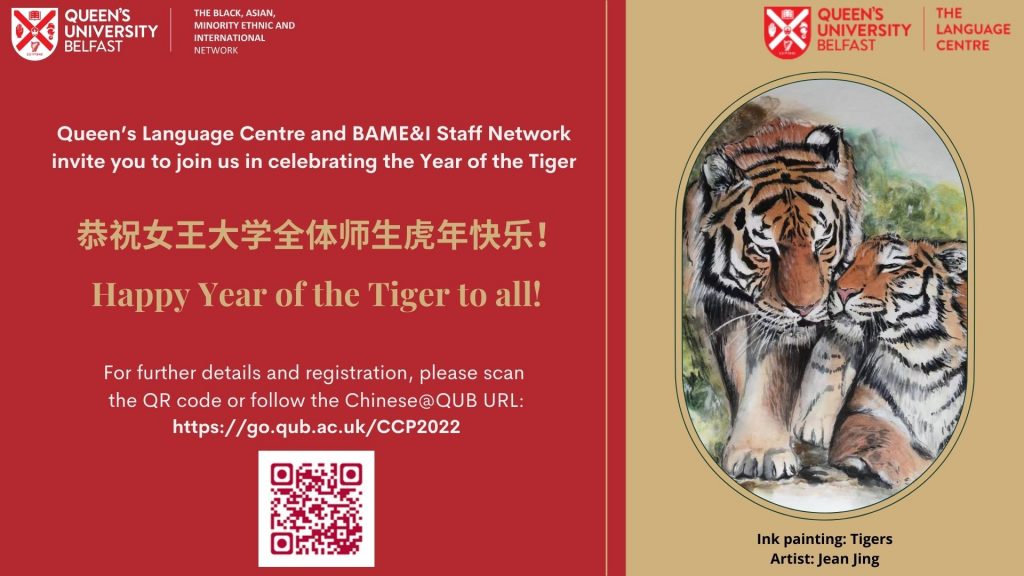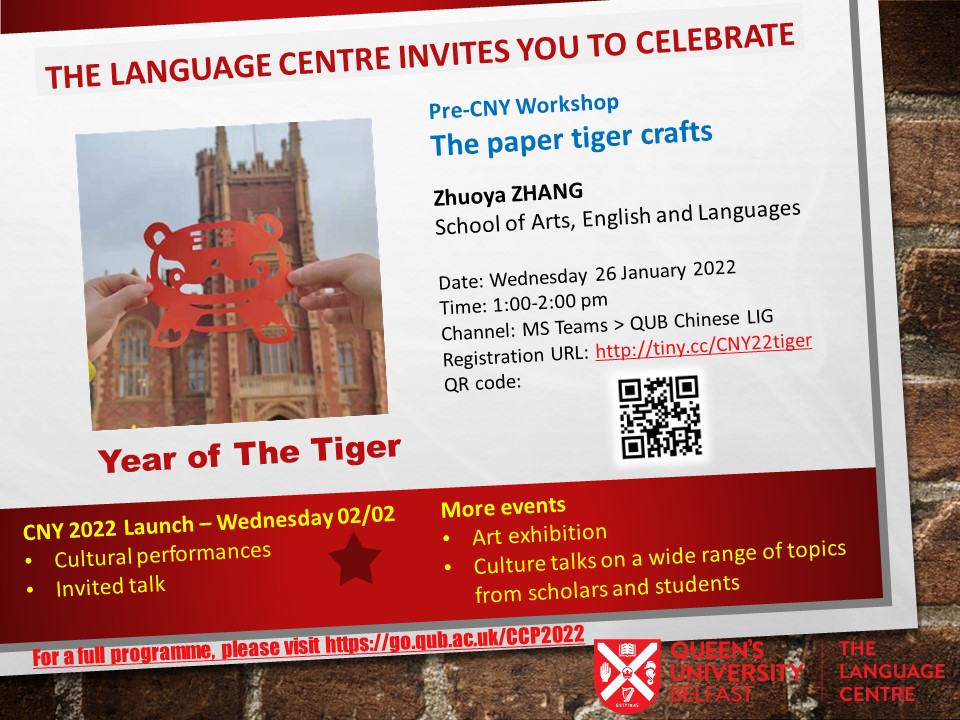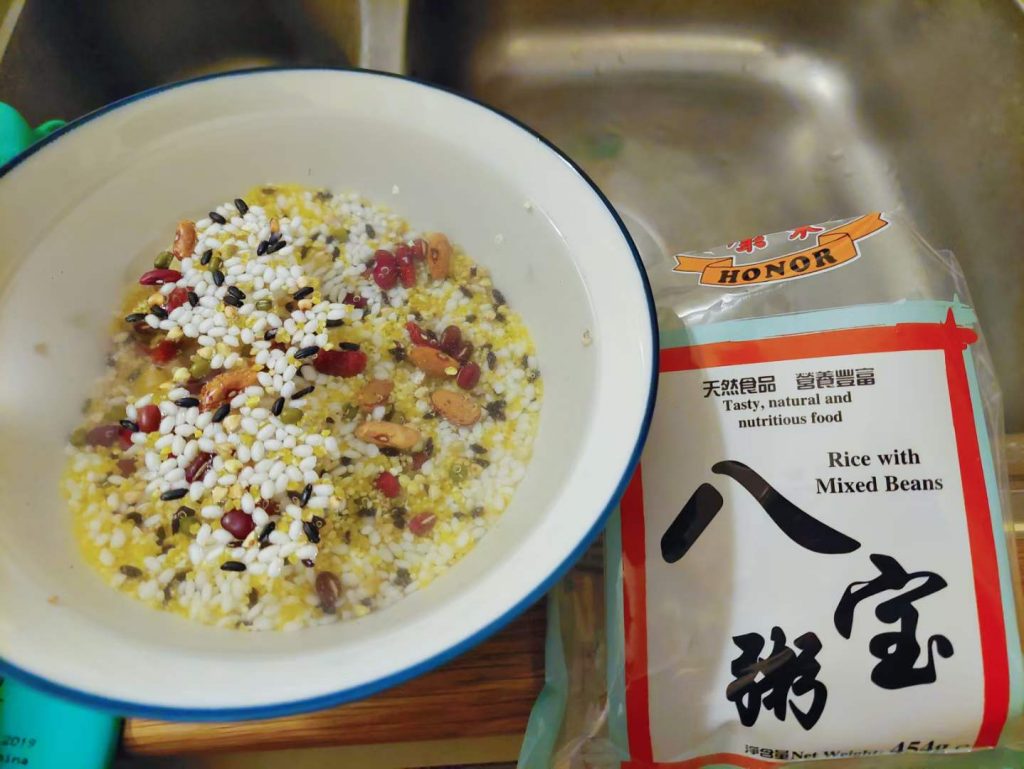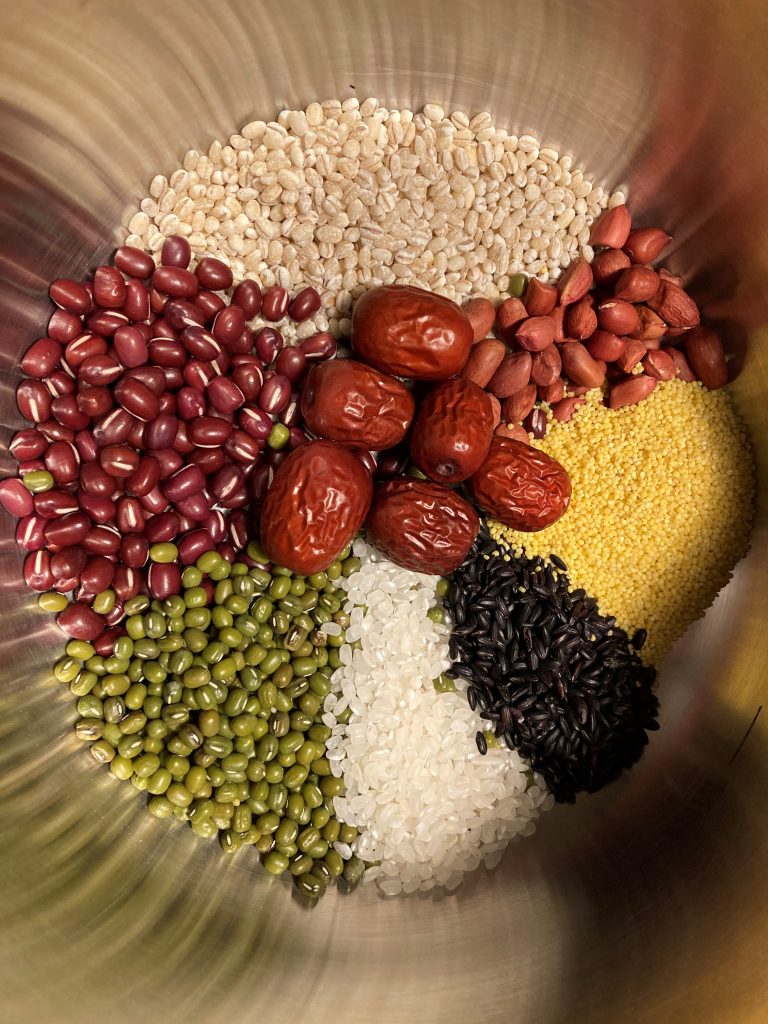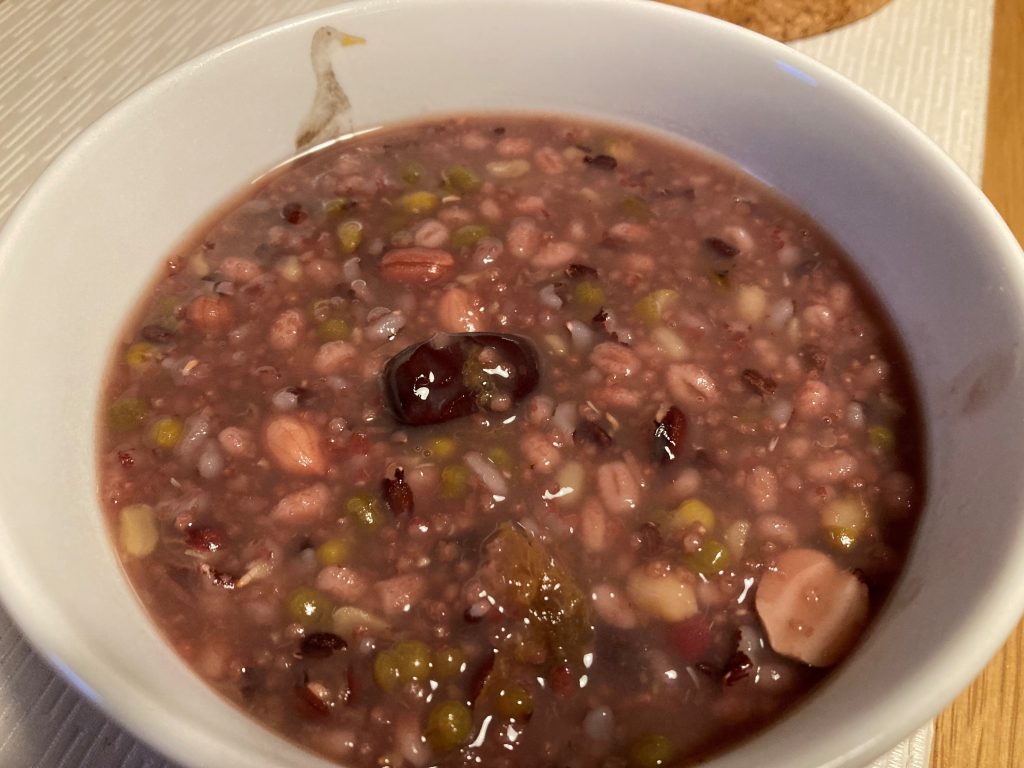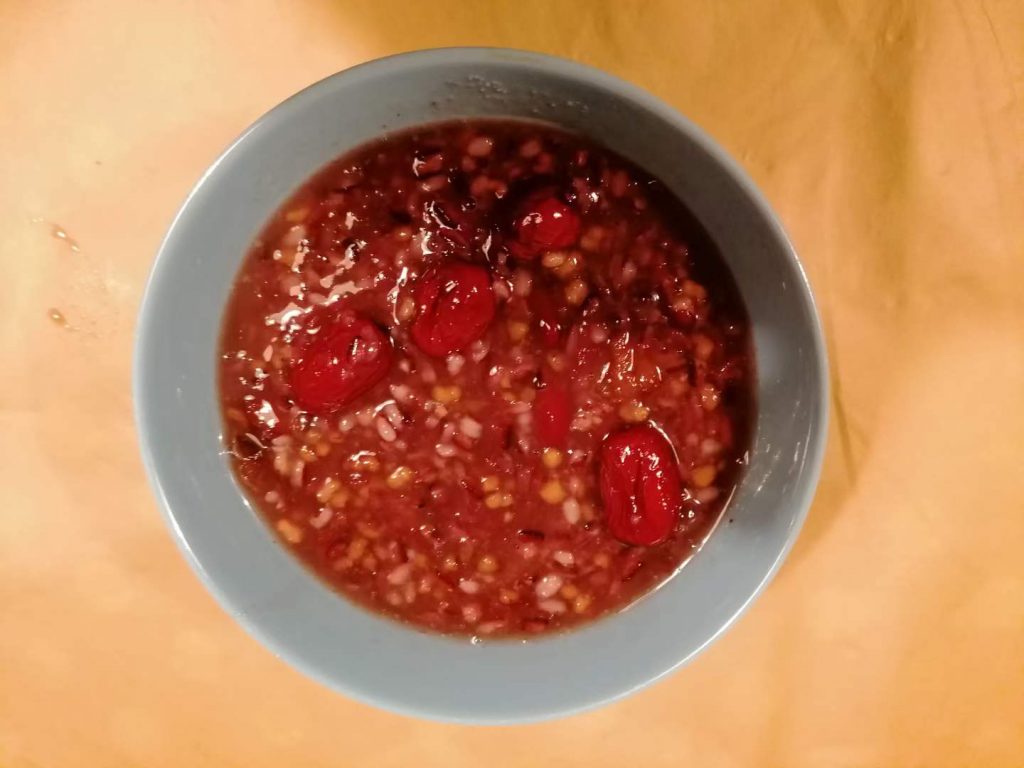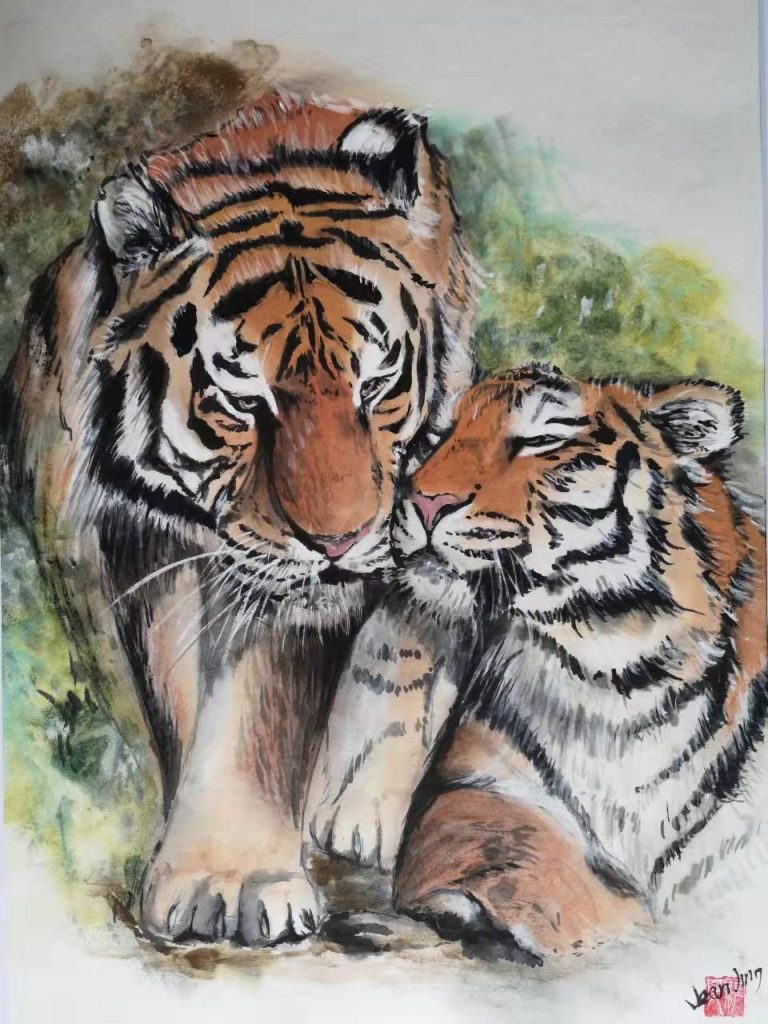Happy International Volunteer Day!
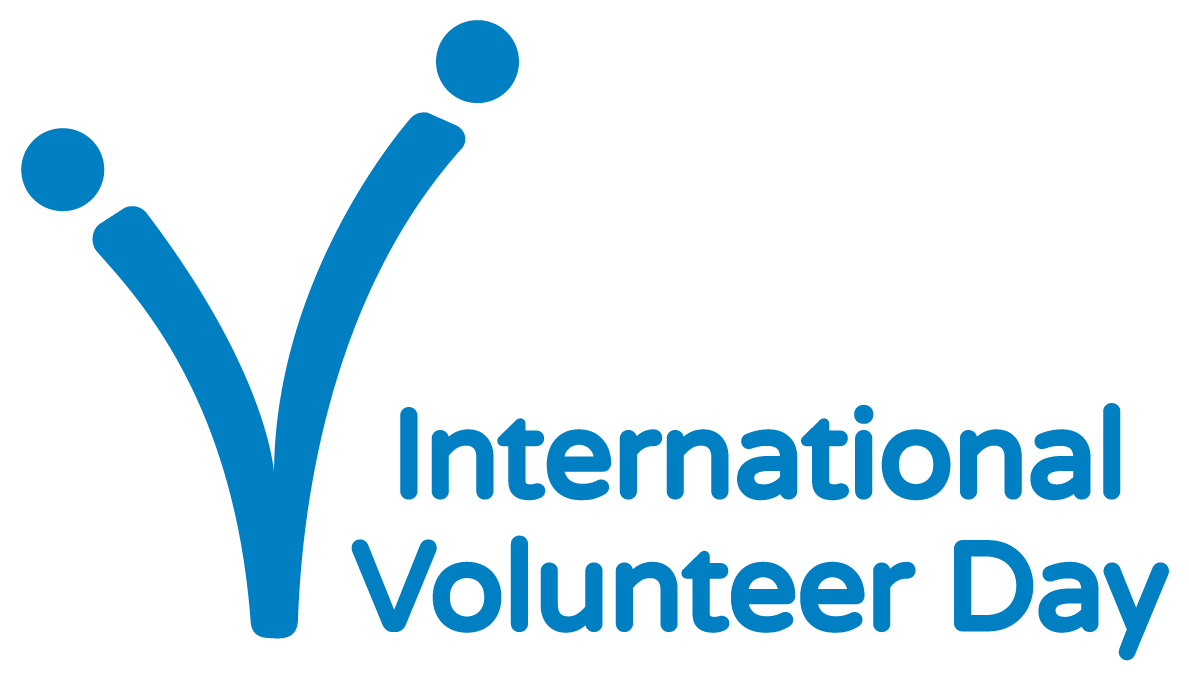
Highlighting the power of collective humanity to drive positive change through volunteerism, the UN Volunteers (UNV) programme coordinates IVD on 5 December annually to recognize and promote the tireless work, not just of UN Volunteers, but of volunteers across the globe.
UN
The Queen’s Chinese Blog, on behalf of the The Language Centre and The iRise Staff Network, would like to send our best wishes to all those, students and alumni, who have supported us in one way or another on a voluntary basis, for the yearly Chinese language and culture events on campus and elsewhere. It has been a wonderful experience of working with you, which has proved a series of journey logs that we have learned from each other, built up solidarity and mutual respect.
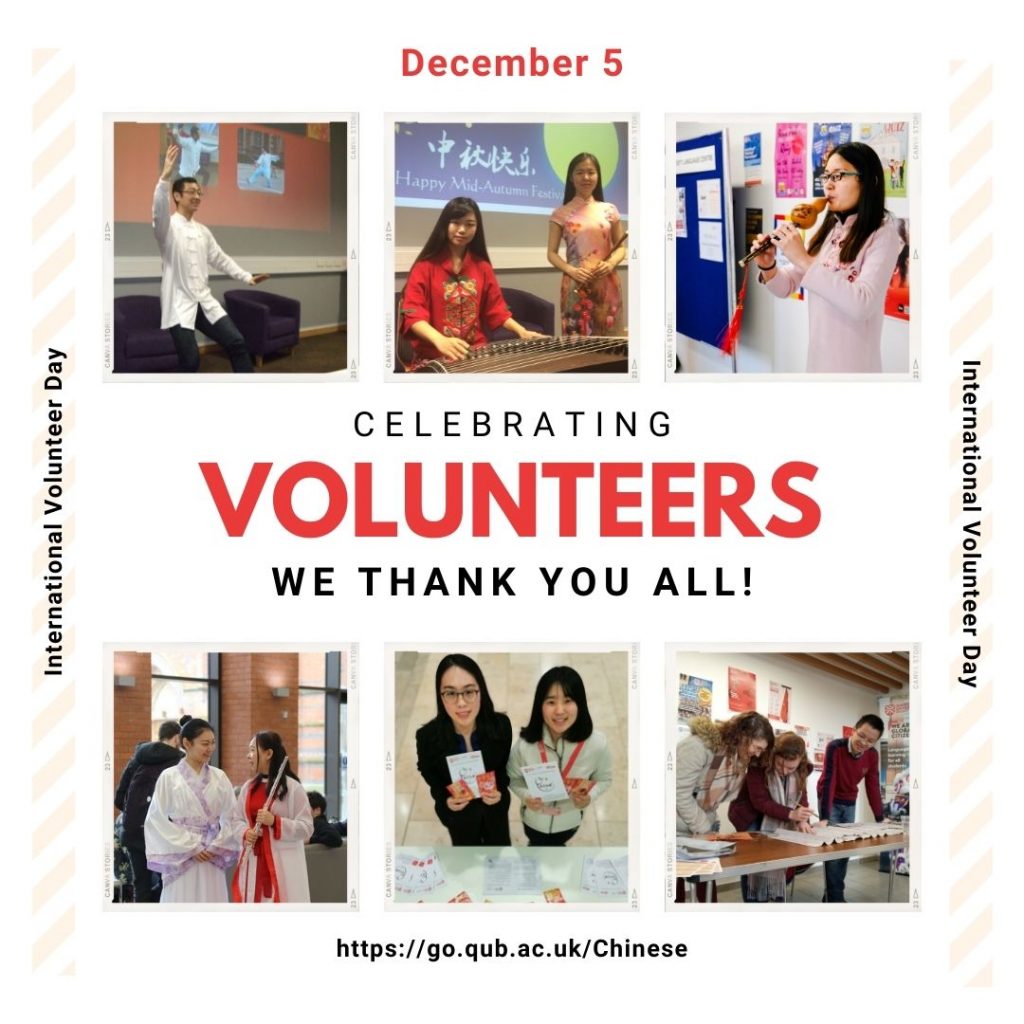
Call for volunteers
As the Year of the Rabbit is fast approaching, we are looking for talented students and staff members to volunteer for our Chinese New Year celebration at Queen’s. It could be in the form of a variety of cultural performances, or language/culture-related topics and skills, and is open to both Chinese-speaking and non-Chinese speaking volunteers.
We also look forward to working with you in our future events.
